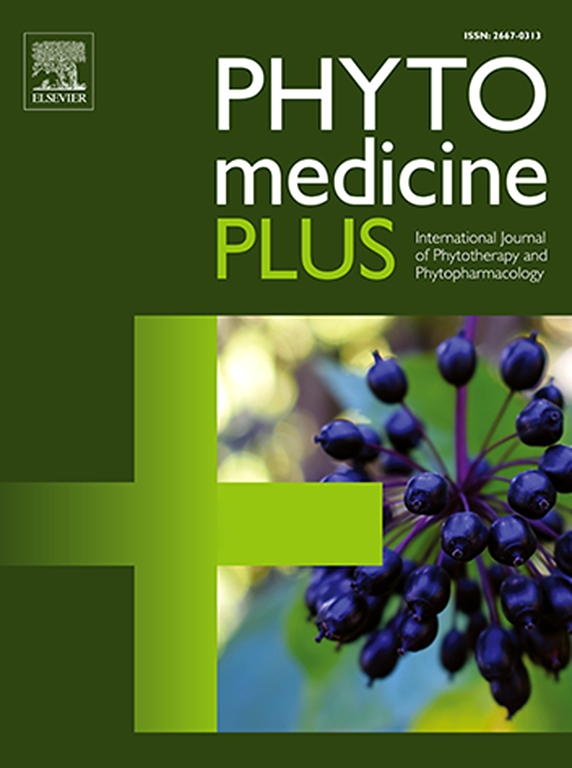Delving into the therapeutic prospects of desmostachya bipinnata (L.) in the context of polycystic ovary syndrome (PCOS): A comprehensive review
Q3 Pharmacology, Toxicology and Pharmaceutics
引用次数: 0
Abstract
Background
PCOS, a prevalent endocrine condition in reproductive years, exhibits irregular ovulation, polycystic ovaries, insulin resistance, and elevated androgen levels. Desmostachya bipinnata (L.), Poaceae known as "Kusha," is a sacred grass integral to Vedic rituals, serving as a rich source of bioactive elements.
Purpose
This review focused on the bioactive compounds of D. Bipinnata which have shown various pharmacological action. We also focus on the phytochemical and pharmacological studies of D. Bipinnata. The present review is an effort to gather and consolidate the most recent information available on D. Bipinnata.
Material and Methods
Reference searches were achieved from various sources along with Google Scholar, Science Direct, Scopus, PubMed, and Springer with the keywords “PCOS”, “Hyperandrogenism”, “Therapeutic prospects”, “Herbal remedies”, “Bioactive compounds” in the text.
Result
The review compiles traditional and pharmacological uses of a plant rich in antioxidants, flavonoids, alkaloids, terpenoids, and sterols. Traditionally, the herb and root have treated various illnesses. Research highlights its broad pharmacological properties, such as antipyretic, analgesic, antidiarrheal, menorrhagia, and hepatoprotective.
Conclusion
Desmostachya bipinnata (L.) shows promise for PCOS management due to its rich content of bioactive compounds, including quercetin, linoleic acid, stigmasterol, Camphene, coumarins, and terpenes known for PCOS treatment. Despite these findings, additional clinical studies are required to validate its efficacy. This review delves into PCOS epidemiology, pathophysiology, and therapeutic potential, spotlighting D. bipinnata as a potential herbal solution for PCOS, pending additional research.

求助全文
约1分钟内获得全文
求助全文
来源期刊

Phytomedicine Plus
Medicine-Complementary and Alternative Medicine
CiteScore
3.70
自引率
0.00%
发文量
178
审稿时长
81 days
期刊介绍:
 求助内容:
求助内容: 应助结果提醒方式:
应助结果提醒方式:


